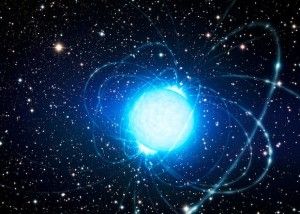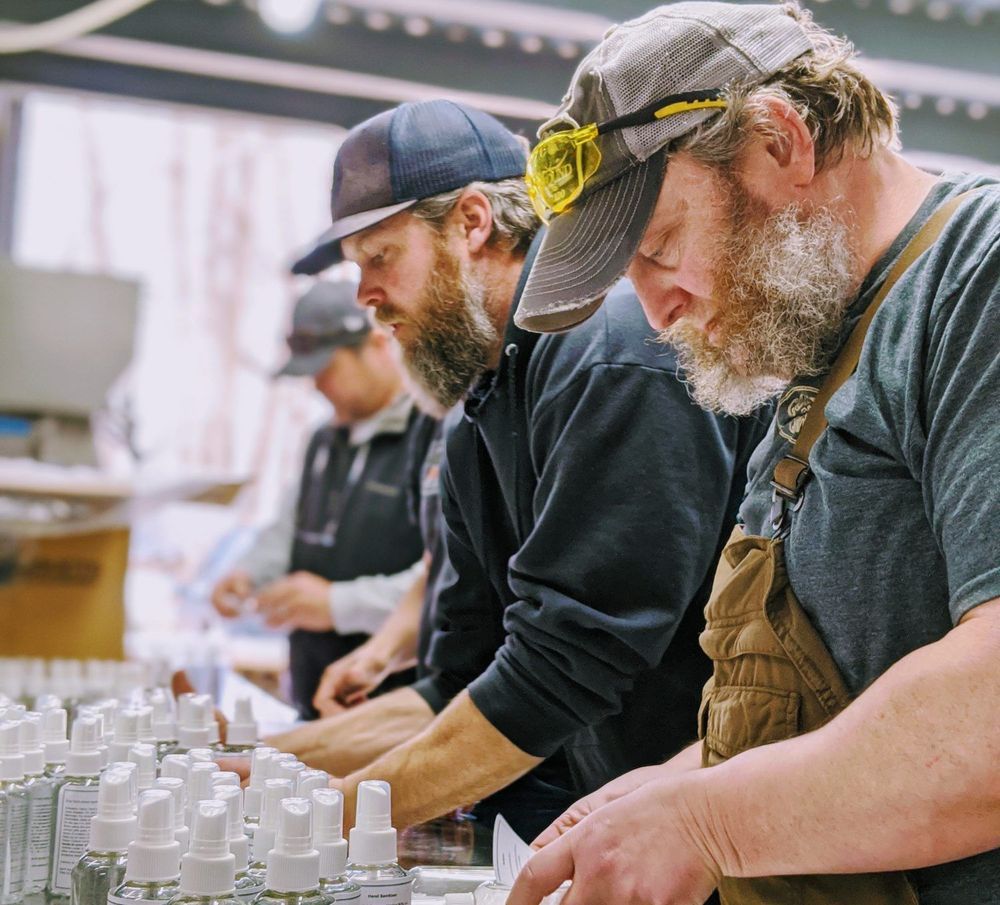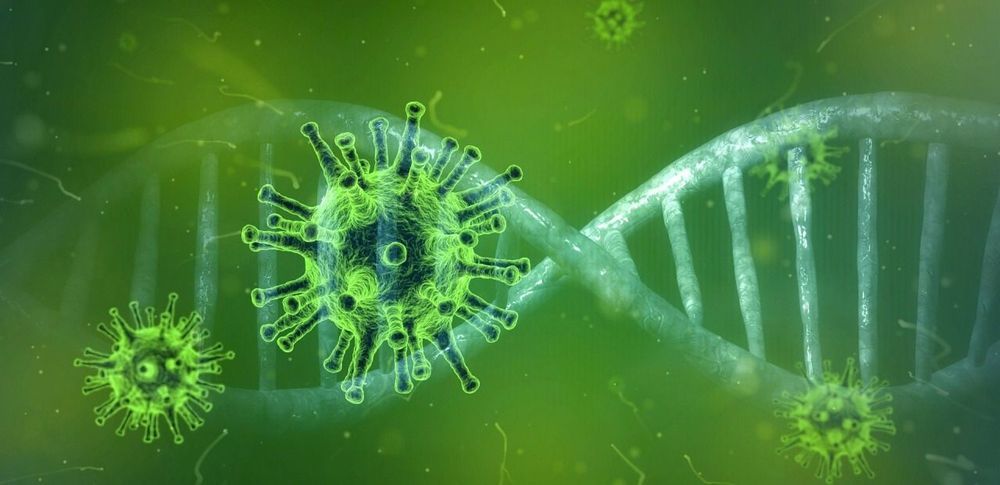:ooooo These could make great fusion devices.
Magnetars are the bizarre super-dense remnants of supernova explosions and the strongest magnets known in the universe.


What does it take to think beyond the human? Can we imagine our human selves in other lives? And should we? While contemporary answers to these questions have highlighted the desirability and necessity of imagining ourselves as animals, plants, and even objects, others argue that such acts of the imagination are fundamentally flawed. The human, Lynn Festa argues in Fiction without Humanity, is really all we get access to.
The 21st century has seen the rise of what are often lumped together as a variety of “posthumanist” critical approaches: thing theory and “new materialism” (see Bill Brown’s Other Things and Jane Bennett’s Vibrant Matter), animal studies (see Jacques Derrida’s The Animal That Therefore I Am and Donna Haraway’s When Species Meet), and even a burgeoning plant studies (see Jeffrey T. Nealon’s Plant Theory: Biopower and Vegetable Life). Each of these approaches has asked us to broaden the range of what Miguel Tamen calls “interpretable objects” well beyond the human; to consider what forms of signification, consciousness, or meaning might belong to animals, plants, and objects.1
Much of this scholarship employs, roughly, a “sympathy-expanding” critical model. That is, the authors consider the effects of granting some provisional sympathy, consciousness, or at least signifying potential to nonhuman things or beings; specifically, to those who had formerly been denied such qualities or thought not to possess them. As earlier political movements have asserted that those who had been presumed to lack full rights, consciousness, or agency should be granted those previously denied qualities (then: female and nonwhite or non-European human beings), so too with posthuman studies (now: animals and the otherwise nonhuman).




Google has announced a new real-time transcription feature for its free Translate app for Android phones. An IOS version is planned for the future, the company says.
The feature will allow users to obtain instantaneous text translations of ongoing speeches, lectures or monologues into any of eight languages, including English.
Currently, Translate allows conversions of only relatively short snippets of speech.

In light of the ongoing shift toward renewable energy technologies and the growing number of Internet of Things (IoT) devices, researchers worldwide have been trying to develop batteries that can operate more efficiently and for longer periods of time. Lithium-ion batteries (LIBs) are currently the preferred energy-storage technology for portable electronics, as they contain organic electrolytes, which typically enable high operating voltages and energy densities.
Despite their widespread use, further increasing the performance of existing LIBs could have a significant impact on their safety. In fact, these batteries contain highly volatile and flammable organic carbonates, which, if ignited, can cause considerable damage.
In recent years, researchers have made significant efforts toward overcoming these safety issues, for instance, by using additional substances or by optimizing the materials separating battery components. While some of these strategies successfully reduced the risk of the battery catching fire, as long as LIBs are made with highly flammable electrolytes, accidents may still occur.
EHang gets go-ahead from Norway to test its eVTOL eHang 216.

The neuromorphic approach is still in deep research, and is being investigated by Intel, IBM, HPE, MIT, Purdue, Stanford and others. It will likely be deployed in production solutions within the next three to five years. Like quantum computing, there is potential for a future solution than could be 1,000–10,000 times more efficient than the digital processing approach that is currently in vogue. But also like quantum, neuromorphic computing will require a lot of research to reach fruition. When it does, it will likely only be applied to a specific set of challenges. I will continue to watch with interest.
Analyst Karl Freund takes a look at Intel’s recent announcements in the realm of neuromorphic computing.